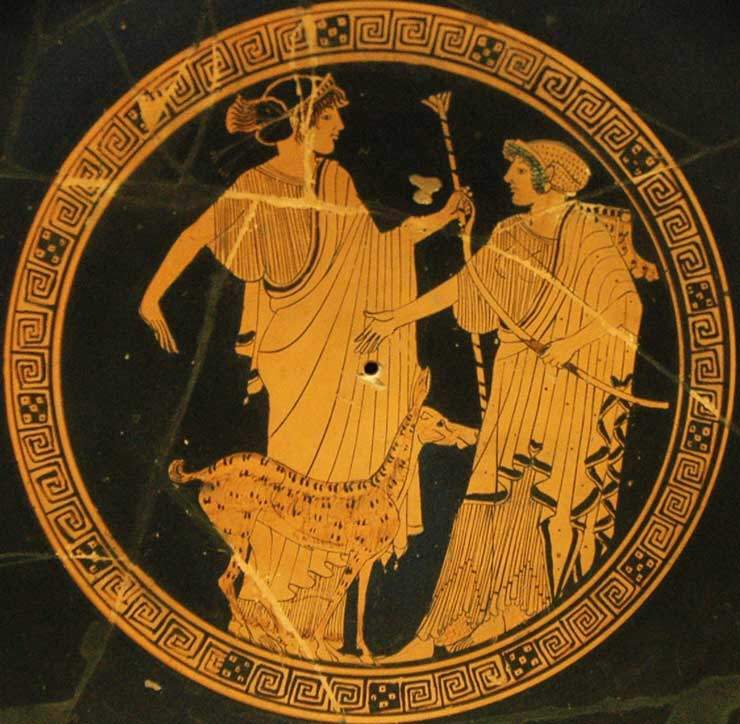

I used it just as an upscaler after the excellent avisynth denoise + sharpening, so Topaz VEAI takes advantage of the avisynth restoration otherwise in my case is not even worth of consideration!Īs I already said, people should use Artemis because it is the fasted and most tuned model.
Topaz video enhance ai gaia vs artemis full#
Gaia also takes much longer to process so I try not to use it as much.Personally, on my s-vhs captures I experimented that it is not any better than a full AviSynth restoration + upscale flow: Gaia can do wonders but only with good quality source material. I don't use Artemis medium or low quality much as I find its very strong with the revert compression giving videos a very smooth artifical look where people tend to look like Wax Figures. With all that said, sometimes I find Artemis (High Quality) will produce a better result than Proteus manual. Make sure to compare it to the original Preview you kept as a benchmark. I also try to keep anti-alias/deblur as close to centre as possible, but I am not an expert on that particular setting yet. Some say a bit of dehalo is good but no more than 20. Also try to keep sharpening and remove noise off or at at the lowest possible setting. Proteus tends to add too much of the revert compression, so its always best to start low on this slider and work your way up if needs be. Its its looking rough, then adjust it up by another 5 and run a preview again. Reduce revert compression down to 20 and then run another preview. If the source file is of reasonable quality then there should be no reason to have more than 40 on revert compression. Once done have a look at what results you have.
Topaz video enhance ai gaia vs artemis manual#
Then create another preview using Proteus manual with the Estimate feature to allow the app to auto select the best manual settings. Compare the two and delete the one which pumps out the worst result. What I typically do is run a preview of Proteus Auto and Artemis (High Quality) on the same clip. The trick to Proteus is to manage the revert compression slider to keep a balance of removing compression artifacts whilst maintaining quality.

this weird, smoothed over plastic look that Proteus wants to do unless you really turn down the auto detect values. If you prefer that plastic, paved over look then Proteus might be your choice, but I really prefer the way Gaia HQ deals with a so-so quality video vs Proteus, where Gaia turns takes heavily compressed portions of video and turns them into believable graininess vs. *I've been playing with Proteus a lot today, and it REALLY destroys a lot of detail in the name of making things look smooth.

In that way, it kind of makes sense with Proteus to get values for those two different types of frames and average them together. So you might be looking at a frame with motion blurring and extra compression artifacts and get very different auto-generated settings vs. The problem with Proteus is that it only samples a single frame to create its auto-generated settings. The downside of Gaia HQ now, as it's always been, is that if the source quality is poor, you're going to get weird eyes on faces and other anomalies.Īny time the quality of the source material is questionable, I end up doing short runs of both Gaia HQ and different Proteus settings to see which looks best. And for that reason, Gaia is still a better choice if the quality of the source is good and you don't need Proteus's ability to be more finely tuned.Īnother downside of Proteus, in my opinion, is that its auto generated setting will often obliterate more original detail than Gaia HQ if you're not careful. I still think Gaia HQ's level of realistic looking, "new" detail created out of thin air isn't matched by Proteus, regardless of your Proteus settings.


 0 kommentar(er)
0 kommentar(er)
